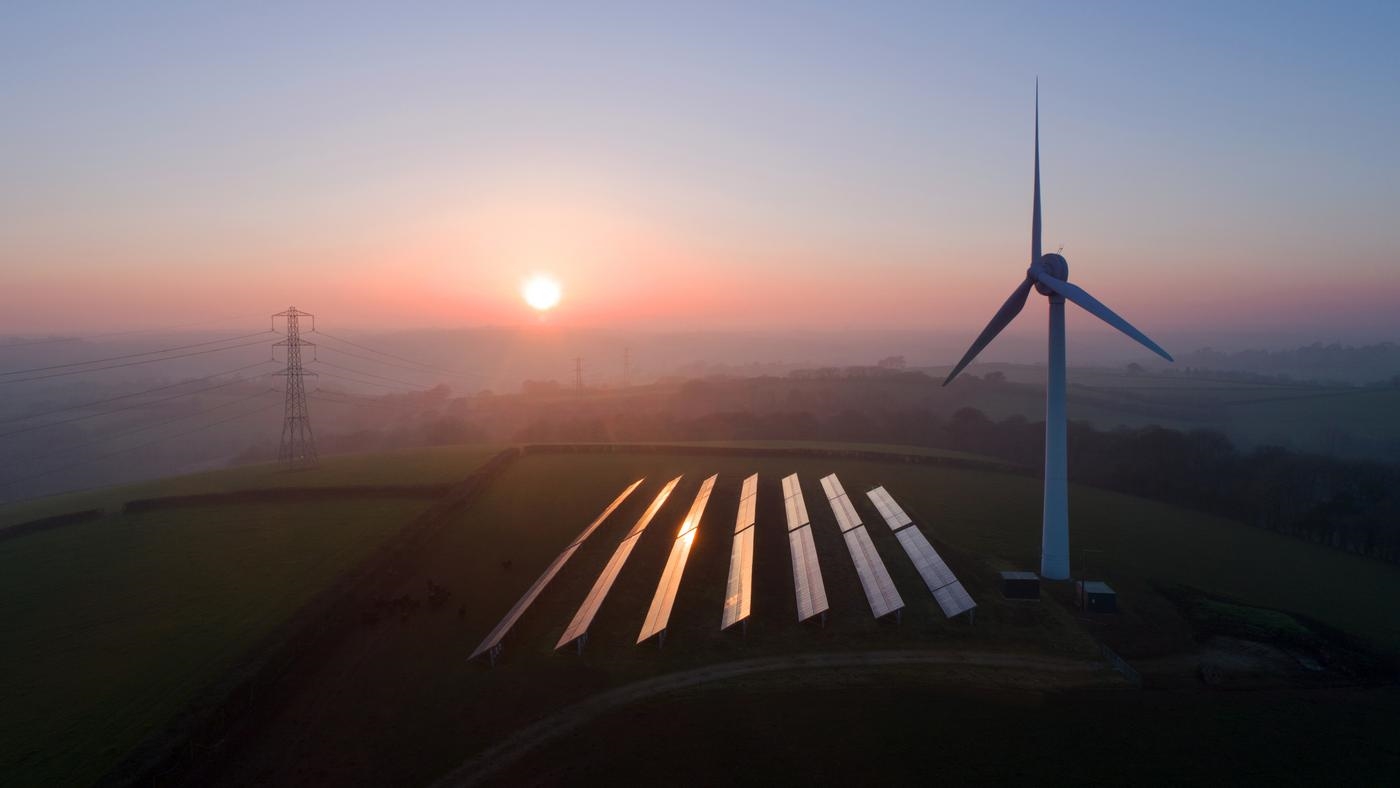Get in touch
-
Mark Thomtonmark.thomton@woodmac.com
+1 630 881 6885 -
Hla Myat Monhla.myatmon@woodmac.com
+65 8533 8860 -
Chris Bobachris.boba@woodmac.com
+44 7408 841129 -
BIG PartnershipWoodMac@BigPartnership.co.uk
UK-based PR agency
Wood Mackenzie identifies five trends that will impact the iron ore industry.
Slower demand growth (especially in China) and a decent recovery in seaborne supply will continue to feature prominently in the iron ore industry in 2020. Prices will fall, with annual average price forecast for 2020 at $80/t.
Vale – giving back (some of) what it took away in 2019
In 2020, Vale could once again be the biggest swing factor for iron ore, but this time in the opposite direction.
Research director Paul Gray said: “Wood Mackenzie forecasts an accelerated recovery in shipments from Q1-20, resulting in a 30 million tonnes (Mt) rise in seaborne exports from Vale in CY 2020. In other words, half of last year’s losses will be recovered in just one year.”
Looking further ahead, Vale’s previous peak production (385 Mt in 2018) could be achieved as soon as 2021, pending extreme weather conditions and consequential supply chain disruptions. This is to the credit of the rapid repair and recovery programme underway at the company’s key hubs in Minas Gerais.
Chinese iron ore production - how sustainable as prices fall?
Chinese iron ore production increased by approximately 30 Mt in 2019 in response to strong domestic demand and tight seaborne supply. In 2020, we forecast a decent recovery in seaborne supply.
Chinese concentrate production will remain broadly stable in 2020 with no significant displacement occurring until 2021.
Senior manager Ming He said: “There is more upside than downside risk to our Chinese iron ore production forecast for 2020. In H2-19 we saw how resilient Chinese domestic production (and price) has become due to falling seaborne prices. This trend will likely persist through 2020 as further productivity and efficiency gains are realised.
“The trend towards higher pellet rates in the blast furnace burden and installation of more efficient pelletising capacity within China should also support demand for domestic concentrate used as pellet feed.”
The downside risk to production from increasingly stringent safety and environmental protection policies has also diminished now that mine operators have upgraded equipment and improved the technical efficiency of beneficiation.
An Indian supply-side surprise?
Indian imports could rise to 12 Mt in 2020. To reduce reliance on expensive imports, either exports need to fall by a further 10 Mt or domestic production needs to rise by the equivalent tonnage.
Principal analyst Sandeep Kalia said: “A key point to watch in 2020 is India’s ability and willingness to boost domestic production in response to stronger demand and wide spreads between domestic and seaborne pricing. Look out for higher supply from NMDC (additional 3 Mt capacity at Kumaraswamy mines), an additional 3-4 Mt from JSW, plus SAIL’s enhanced ability to fill any shortages now that the government owned producer is permitted to sell 25% of production in the open market.”
The mine lease auction process for 18 working mines (with capacity to produce approximately 80 million tonnes per year (Mtpy)) is scheduled for completion by end-February. The results of which will provide a good indication of potential production shortfalls.
Premiums and penalties – where next?
The past two years have been a roller-coaster ride for iron ore grade price spreads and impurity penalties – notably silica and alumina differentials.
Gray said: “In 2020 we forecast a modest recovery in the 65/62 spread (spread between the 65% Fe index and the 62% Fe index), from an annual average of 12% in 2019 to 14% in 2020. However, with steel prices likely to remain under pressure and iron ore prices currently trading above our forecast, there is risk of further steel margin compression, limiting the scope for higher premiums for high grade ore.
“We are also firm believers in the long run trend towards steel mills consuming more high-grade ore at the expense of low-grade ore, but this can come at a cost of rising alumina in blast furnace slag – too much alumina increases slag viscosity, significantly reducing blast furnace permeability which negatively impacts fuel rate and overall productivity. Watch out for rising alumina penalties and falling silica penalties.”
Will Simandou take off?
Simandou’s new owners, the Chinese-backed consortium SMB-Winning, announced last year that the mine has capacity to produce over 100 Mtpy of high-grade iron ore, and is expected to commence production in 2025.
Gray said: “A project of this scale in this location (Guinea) will almost certainly take more than five years to reach fruition. But more importantly, we think the market will struggle to absorb the additional supply, and it will be a challenge to earn sufficient return on investment.
“However, key consortium partner China Hongqiao (Weiqiao) Group has significant influence and investments in Guinea. Ultimately, this could come down to a strategic desire for China to reduce reliance on imported iron ore from Australia and Brazil while increasing captive ownership of iron ore resources in a country where China already has considerable influence.”





